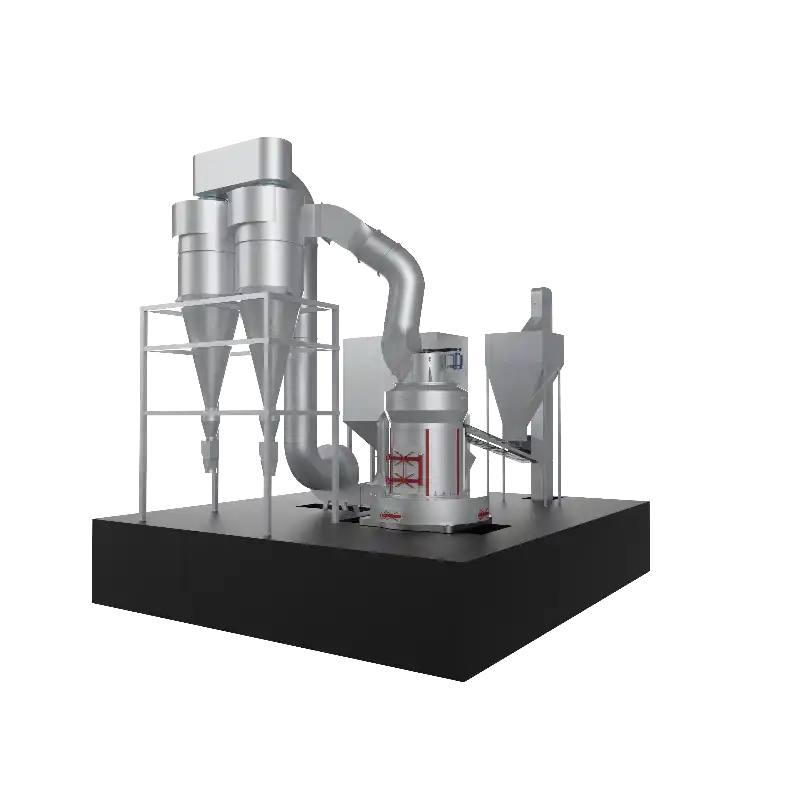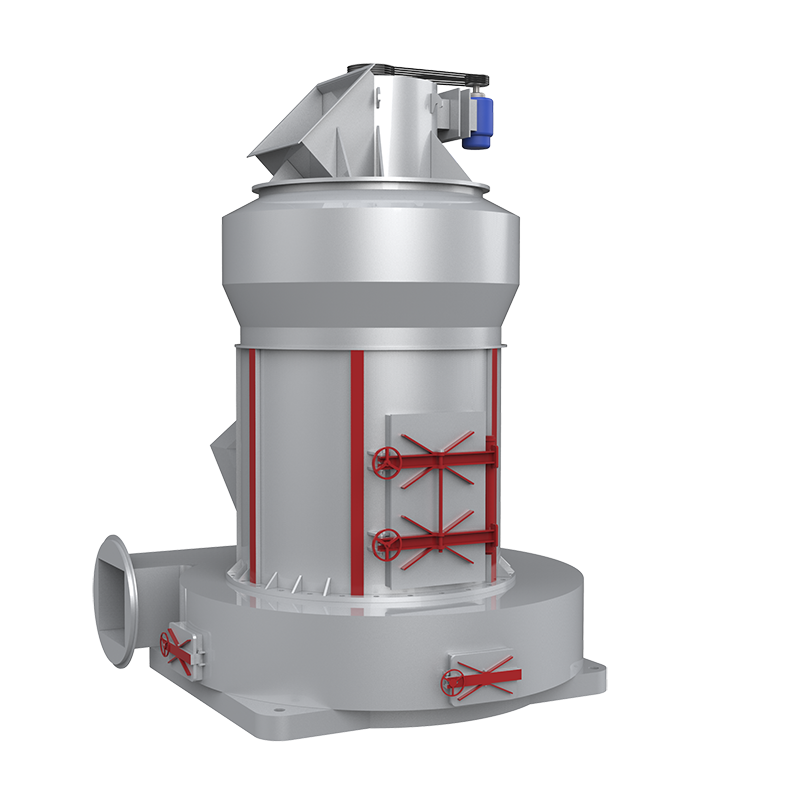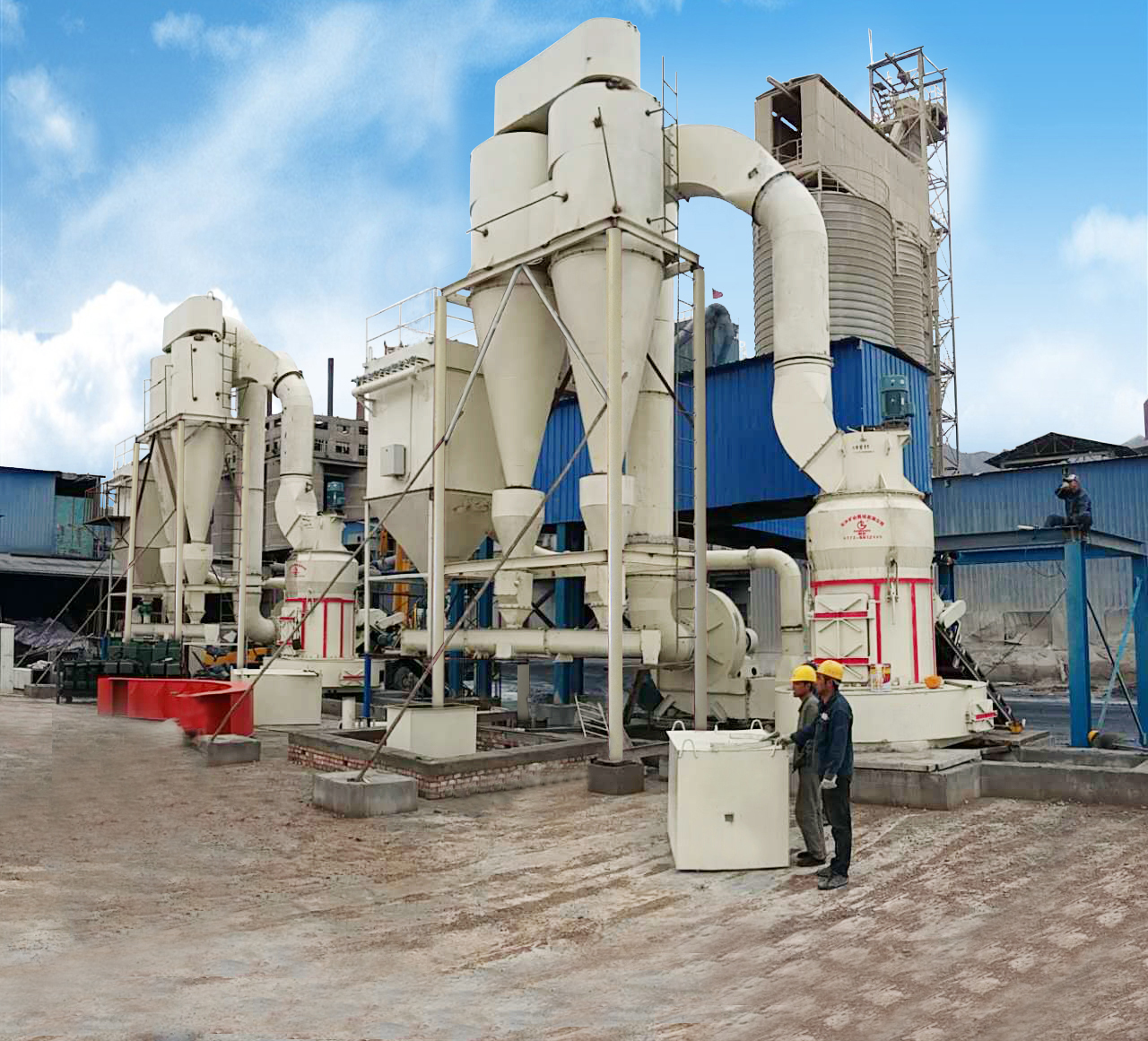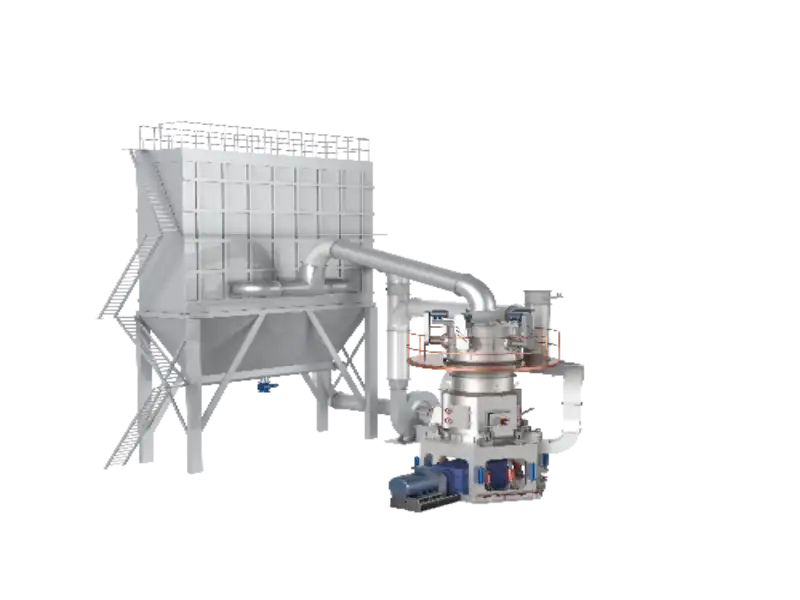Contents Catalog
Aluminum dross, a solid waste generated during the smelting and processing of aluminum in the industrial sector, has a rich and complex composition that includes both valuable components and various impurities. Below is a detailed introduction to the composition of aluminum dross:
Core Components
- Alumina (Al₂O₃): Typically accounts for 30% to 60% of aluminum dross, making it the most critical chemical component. It originates from unreduced alumina minerals during aluminum smelting and the oxidation of aluminum during processing. Alumina is chemically stable and serves as an essential raw material for manufacturing refractory products, ceramics, and other alumina-based materials. Its extraction is a key research focus in the comprehensive utilization of aluminum dross.
- Metallic Aluminum: Generally present in 5% to 20%, though the exact proportion varies depending on the source and processing conditions. In aluminum dross, metallic aluminum exists as fine particles or flakes, often coated with an oxide layer or combined with other compounds. Due to its high recycling value, current technologies—such as physical separation and melting recovery—can extract metallic aluminum for reuse in industrial production.
- Salt Components: Aluminum dross contains a significant amount of salts, primarily sodium chloride (NaCl) and calcium fluoride (CaF₂), with concentrations ranging from 10% to 30%. These salts mainly come from fluxing agents added during aluminum smelting, especially in secondary aluminum production, where chlorides and fluorides are used to lower the melting point and improve metal separation efficiency. The presence of these salts complicates dross treatment, making their effective separation a major challenge in resource recovery.
Common Impurities
- Oxides of Silicon, Iron, and Titanium: Present as silica (SiO₂), iron oxide (Fe₂O₃), and titanium oxide (TiO₂). Silica content typically ranges from 5% to 15%, mainly derived from natural silicon impurities in aluminum ores. Iron oxide and titanium oxide occur in smaller amounts but may affect further utilization—for example, in metallurgy or ceramics, where they could impact product performance.
Other Components
- Heavy Metals: Aluminum dross often contains trace amounts of heavy metals such as lead (Pb), cadmium (Cd), nickel (Ni), and chromium (Cr), originating from raw material impurities or contaminants introduced during production. Despite their low concentrations, these toxic and persistent elements pose potential environmental risks, necessitating careful separation and safe disposal during dross treatment.
- Moisture: Typically makes up 1% to 10% of aluminum dross, depending on its source and storage conditions. Moisture not only increases the weight of dross but may also react with metallic aluminum to produce hydrogen gas (H₂), creating a potential explosion hazard. Therefore, drying or other pretreatment methods are often required to reduce moisture content.
- Organic Matter: Aluminum dross may contain small amounts of organic compounds from lubricants or anti-corrosion agents used in production. While their content is generally low, organic materials can decompose under high temperatures, releasing harmful gases and complicating further processing.
Process-Dependent Variability
The composition of aluminum dross is significantly influenced by production methods. For example:
- Dross from primary aluminum electrolysis tends to have higher fluoride salt content.
- Dross from secondary aluminum processing usually contains more metallic aluminum.
Thus, tailored treatment processes are required based on the specific composition of different dross sources to maximize resource recovery while minimizing environmental impact.








